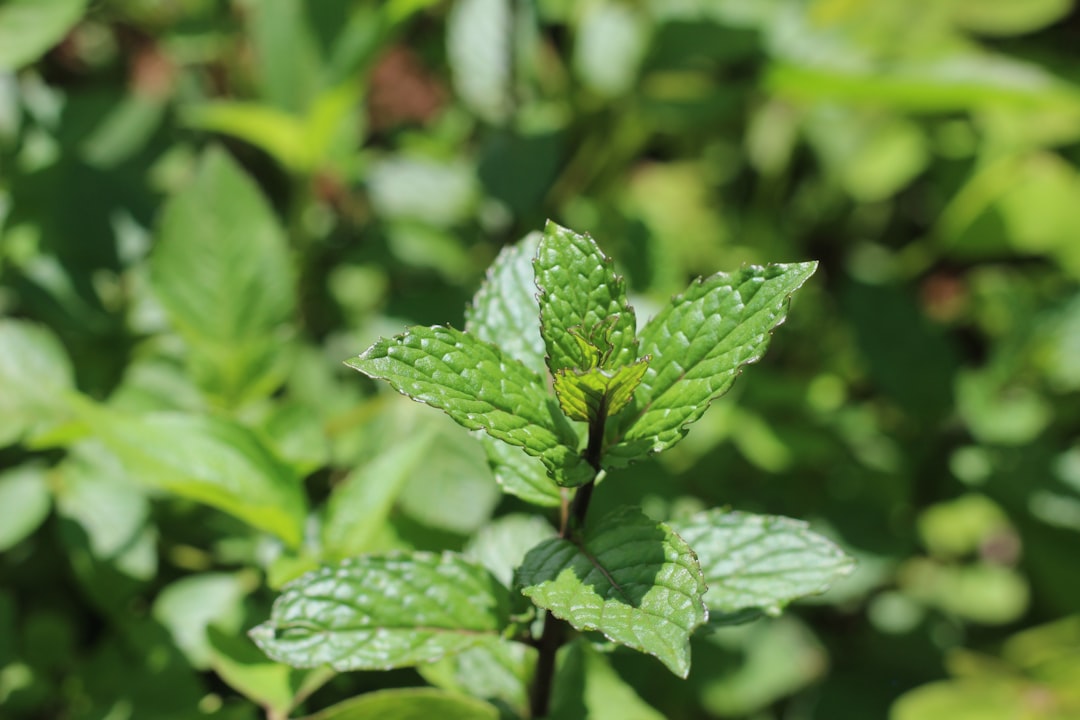What is it about?
Genes found in bacteria that encode proteins that help them invade host cells have been turned on their heads and instead, inserted into the genomes of some ancestors of fruit flies 20 million years ago. The fruit flies have domesticated these toxin genes and now use them against their own enemies—parasitoid wasps, which are the main enemies of the flies. Borrowing weapons through a phenomenon called horizontal gene transfer is a remarkable evolutionary strategy that has enhanced the animal immune system.
Featured Image

Photo by Towfiqu barbhuiya on Unsplash
Why is it important?
Our findings show that the immune systems of animals can be bolstered when evolution favors instances of horizontal gene transfer (HGT). HGT can occur between distantly related organisms and in this case, 29 million years ago, a set of toxin genes was transferred from a bacterial donor to a fruit fly ancestor. This shows that the immune system of animals can evolve novel features through HGT. By using CRISPR to knock the genes out, we discovered that fruit flies require them for resistance against parasitoid wasps, which can consume the fly larvae from the inside out (think the movie Alien). These may be the l first genes known to have evolved through HGT that enable an animal to defend itself from infections by other animals.
Perspectives
This was a wonderful collaboration between biologists from the US and Hungary.
Noah Whiteman
Read the Original
This page is a summary of: Evolution of insect innate immunity through domestication of bacterial toxins, Proceedings of the National Academy of Sciences, April 2023, Proceedings of the National Academy of Sciences,
DOI: 10.1073/pnas.2218334120.
You can read the full text:
Resources
Contributors
The following have contributed to this page










